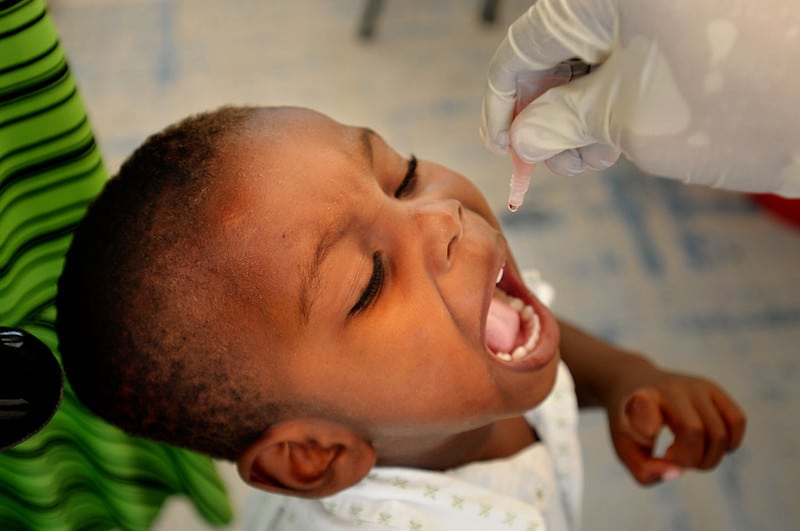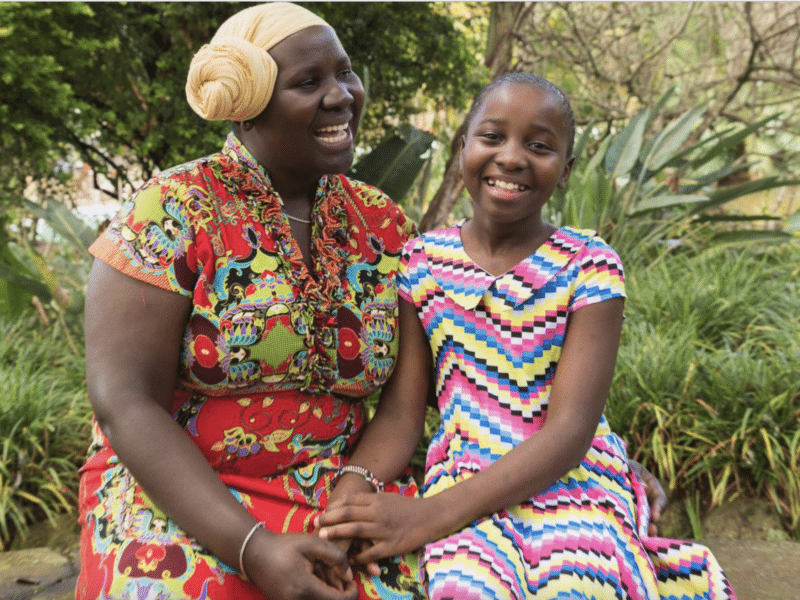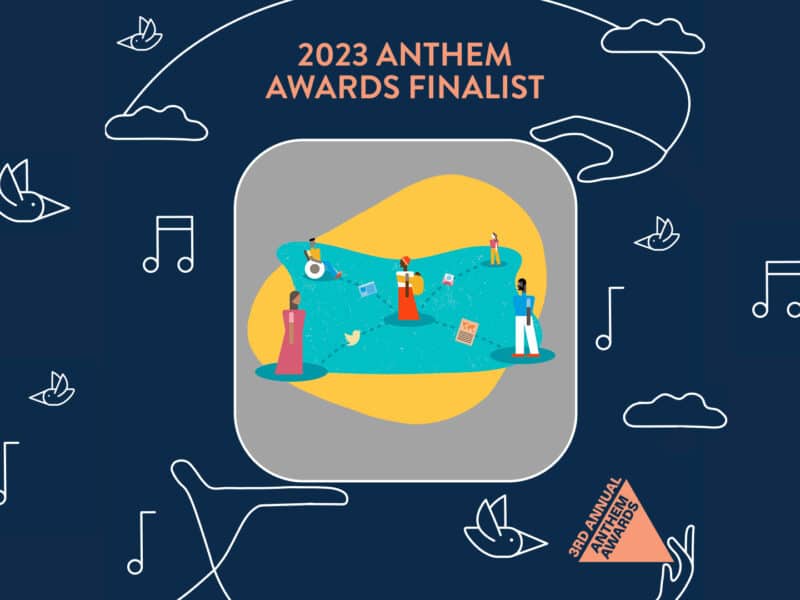Real-time monitoring can bolster the effectiveness of immunization campaigns in low- and middle-income countries by enabling health officials to reach more children quickly, track vaccine supplies and identify issues and gaps, new research from the Johns Hopkins Center for Communication Programs and UNICEF suggests.
The findings, based on interviews, documents and a literature review, are being presented at the Global Digital Health Forum tomorrow, December 8 at 7:30 a.m. EST. Real-time monitoring refers to activities that employ digital technologies to accelerate the sharing, analysis and use of data to improve the quality of immunization campaigns. In many countries, using pencil and paper has been the norm for keeping track of vaccination progress, a system that doesn’t lend itself to quick adjustments when course corrections are needed.
“Real-time data systems can, in the right circumstances and with the right enabling conditions, allow for instantaneous decision making which leads to better immunization campaigns,” says CCP’s Saori Ohkubo, who will be one of the presenters at the forum. “And having more responsive, cost-effective, data-driven and transparent campaigns can help countries reach their targets and eliminate vaccine-preventable diseases.”
From October 2019 to March 2020, CCP worked closely with the UNICEF headquarters, regional and country offices to capture good practices and lessons learned from relevant programmatic experiences in selected countries and from the published literature. In total, 13 country experiences and nearly 70 good practices and lessons learned were documented in the report.
Ohkubo and her colleagues, including CCP’s Angela Acosta and Eric Filemyr, point to several countries where real-time monitoring was successful. In Pakistan, for example, the government conducted a national measles campaign in 2018 (reaching 37 million children) and a typhoid campaign in Sindh province in 2019 (reaching 9.5 million children). In both campaigns, data from real-time monitoring was used to target missed children, resulting in campaigns that reached millions of people in short time frames. The Pakistan case illustrated how the combination of data and communication enabled prompt action and ultimately contributed to quality improvement at every stage of campaigns.
They also cite Zambia, which implemented real-time monitoring for cholera, measles-rubella and polio immunization campaigns for the past five years. Stakeholders, such as health officials from the ministry to the district levels, and users were pleased with the speed of access to data, the ease of coordinating with colleagues at all levels and the ability to monitor activities everywhere (even in remote areas).
Some of the lessons learned include that leadership buy-in and government ownership of real-time monitoring are crucial to success; replacing paper-based systems with digital ones is vital to ensure corrective action can be done promptly; and that training materials, data entry forms, dashboard templates and other tools created at the global or regional level can be locally tailored, saving time and money during implementation.
While real-time monitoring can be a useful tool, the researchers say, there are still some challenges that come with different types of technology. One of the most important is network connectivity, which isn’t always available in isolated locations, but which is key to ensuring that the monitoring – and most importantly, responding to any snags – can be done as quickly as possible.
“Ultimately,” Ohkubo says, “the use of real-time data systems for real-time decision-making is not about technology — it is about a strategic and cultural environment that enables technology to be used for organizational decision-making and institutional transformation.”
During the Global Digital Health Forum, two other CCP staff members will deliver presentations on Breakthrough ACTION-Nigeria’s work on addressing rumors and misinformation about COVID-19. Tomorrow, at 7:45 a.m. EST, Marla Shaivitz, CCP’s director of digital strategy, presents How Nigeria’s Centre for Disease Control COVID-19 Microsite was Optimized as the Go-To Source for High-Quality, Factual Health Information. On Wednesday, Dec. 9 at 7:45 a.m., Glory Akhabue, Breakthrough ACTION-Nigeria’s product manager, presents COVID-19 response through 3-2-1 Digital Mobile Technology in Nigeria.
There is still time to register for the forum, which runs through Dec. 9. The forum is free for practitioners in LMICs.
CCP will host a virtual booth at the event for registrants. It can be found here and will feature CCP’s digital success stories as well as an opportunity to interact with CCP’s digital team and researchers.





